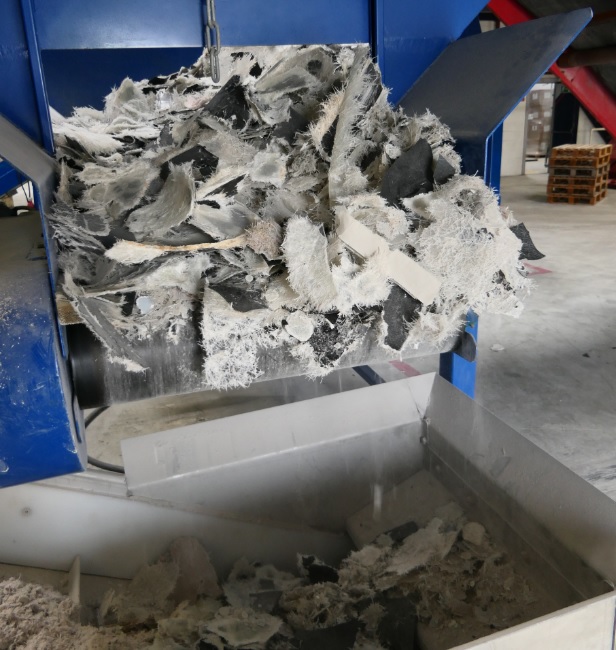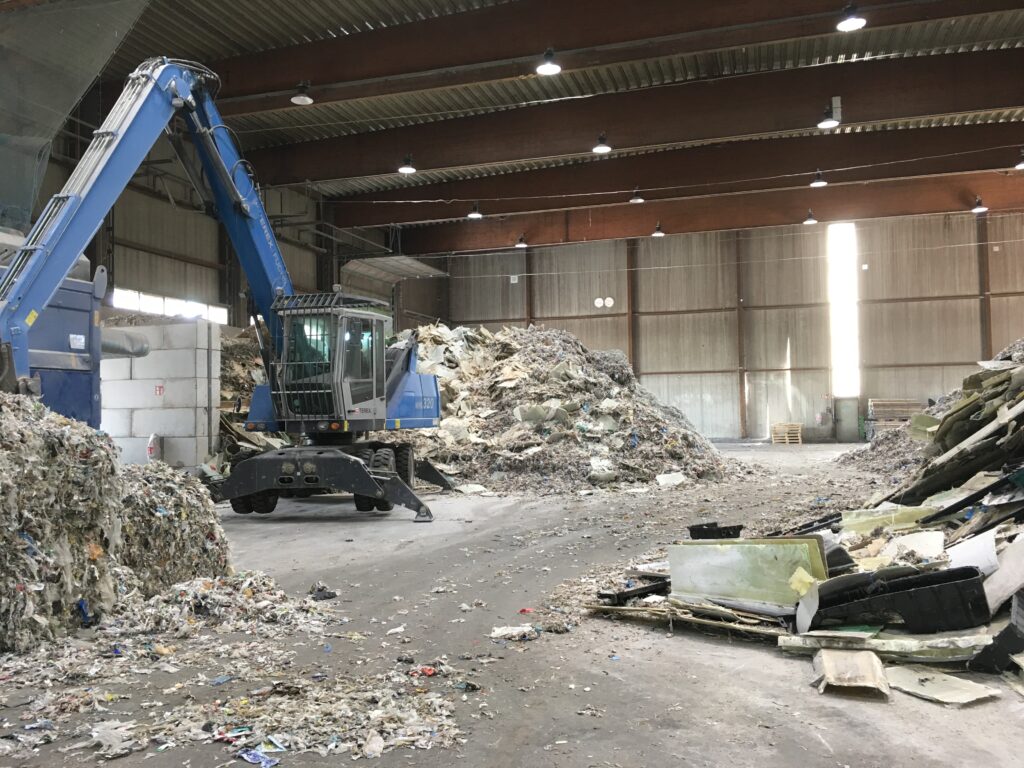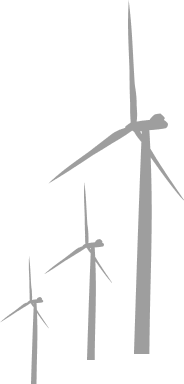The materials released during the dismantling process are offered for reuse in their existing condition or recycled and made available as new raw materials. A wind turbine mainly consists of metals, concrete and composites.
Metals
Metals are basic raw materials that can be reused or recycled. The metals used in the wind turbines, such as steel, aluminum and copper, are also easy to recycle. The metals released during the dismantling process are processed by Decom North through reliable recycling channels.
Concrete
Like steel and aluminum, concrete can be recycled repeatedly. The recycled concrete product is usually ground into aggregate and can be reused in many ways, for example as a cement replacement, concrete dikes for flood protection or as a filler. Decom North organizes these reuse flows.
Blades
Wind turbine blades are made of composite, among other things. And that has a reason. Composite has several advantages over traditional materials such as steel, wood or concrete. In a liquid form, composite can easily be poured into any desired shape. Once hardened, composite is as strong as steel, but at the same time very lightweight.
Composite therefore makes the blades lighter and due to the strength of the material, the blades can also become longer. These properties ensure better performance, so a higher return. Although the material composition may differ per blade type and blade manufacturer, in fact all blades mainly consist of a combination of fibres, polymers and resins.
If we also consider the rest, wind turbine blades are made of the following materials:
- Metals, such as steel bolts and copper wiring
- Reinforcement fibers, such as glass, carbon, aramid or basalt
- Thermosets, such as epoxies, polyesters, vinyl esters, polyurethane or thermoplastics
- Coatings, such as polyethylene or polyurethane
- Adhesives, such as polyurethane or epoxies
- For extra strength and stability, materials such as balsa wood or PVC are also used
The advantages of composite are also the biggest disadvantages. Due to its rigidity, the material is difficult to recycle. As a result, the residual waste is often processed in an unsustainable manner and ends up in the garbage dump or in the incinerator.
Mechanical and chemical processing
Thermosetting composites can be processed mechanically and chemically so that new basic raw materials such as recyclate and glass and carbon fiber remain in a flake form. These flakes can be shaped into any desired shape via a heating and injection molding process, optionally with the addition of glass fiber amplifiers. In this way new products can be made.
Within Decom North, this technique is carried out by Circular Recycling Company (CRC).


Recycling via cement industry
Decom North also offers co-processing in the cement industry. With this processing method, the glass fiber within the composite is a raw material substitute and the plastic supplies energy through its calorific value. The residual product of this processing method is used within the cement industry as an alternative raw material for sand. In this way, all components of the composite are usefully processed. The reinforcing properties of the fiber are not utilized in this case.
Within Decom North the processing method for composites via the cement industry is organized by the Nehlsen Group.

